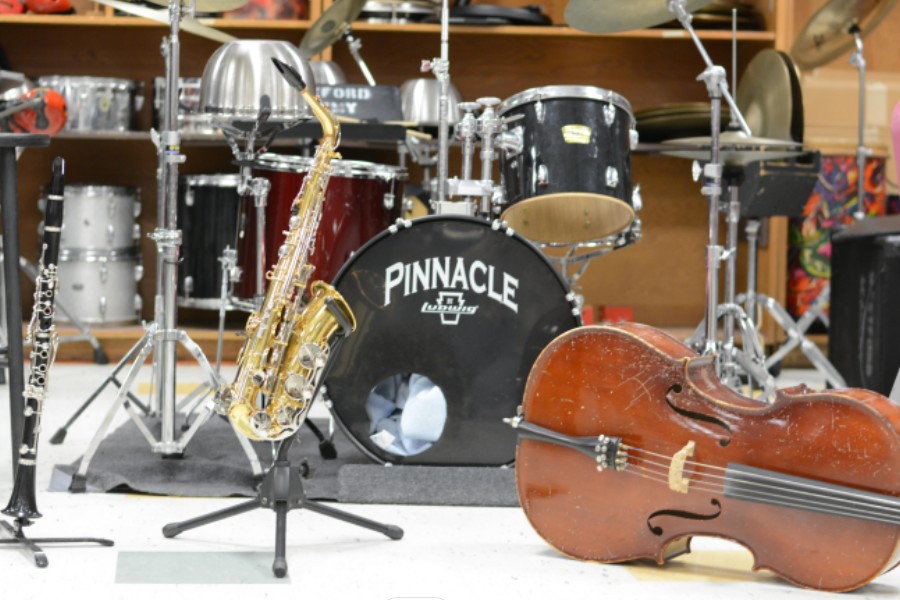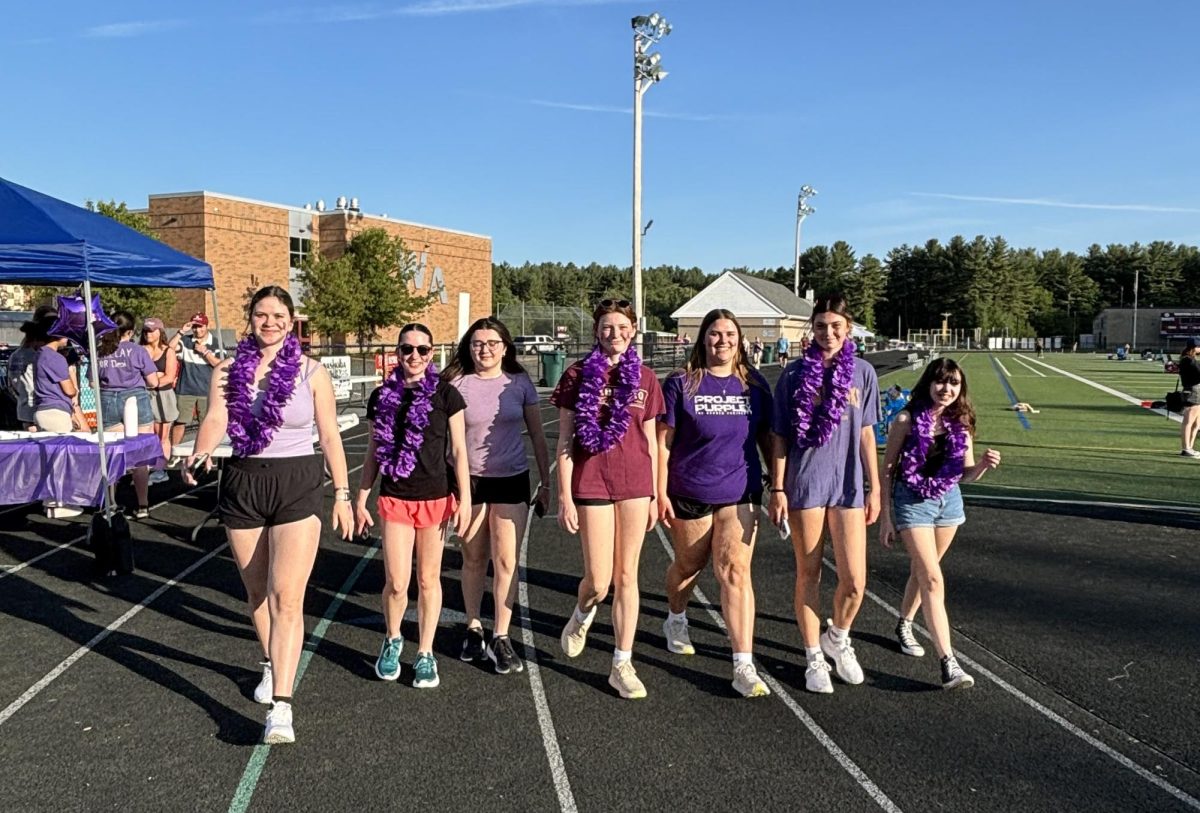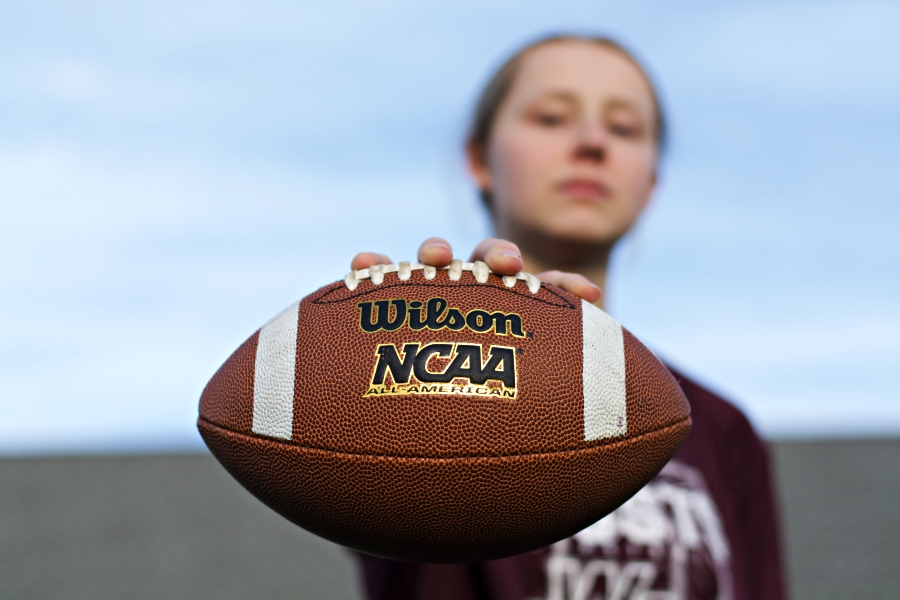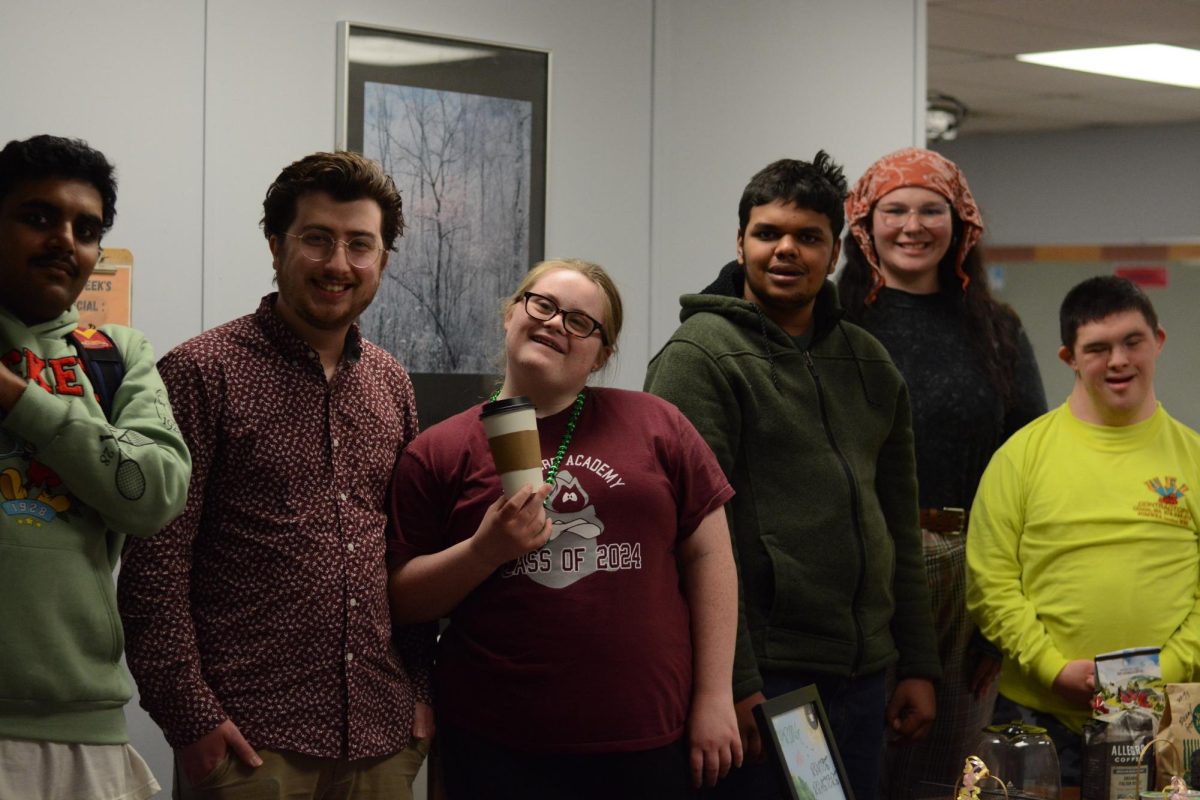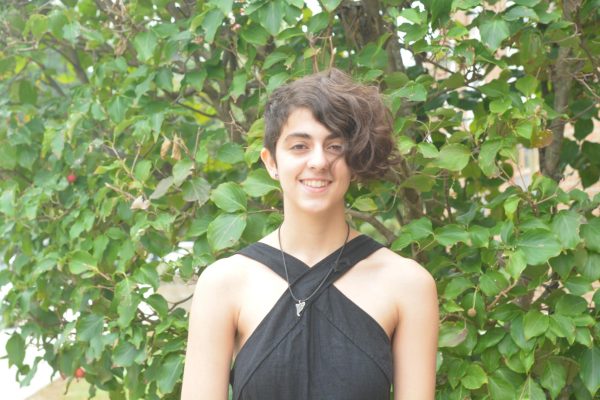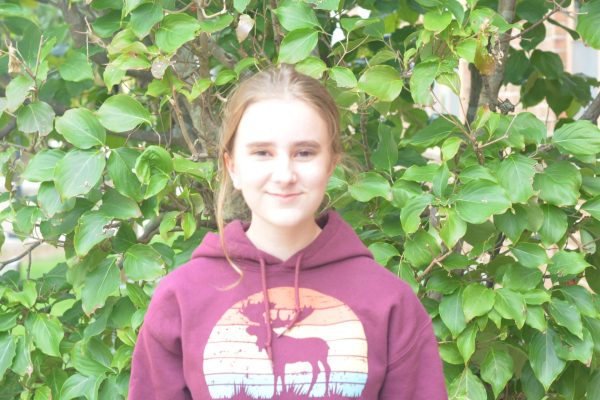Music is a wonderful way to bring people together and express yourself, and there’s no better way to celebrate than having the district’s most promising musicians play together. On November 4th, a large group of WA musicians auditioned to get into an elite holiday district festival that will last two days. Out of that group, fourteen WA students moved onto districts, which will take place from Jan.5 – Jan. 6th.
The district auditions consist of three parts. Each member is given a piece of music and a random set of scales to play or sing for the judges. Students are also given a completely new piece on the spot, to show off their sight reading abilities. Out of the four different musical groups, symphonic band, orchestra, chorus, and percussion, only one has different requirements. The percussion group plays an auxiliary piece instead of sight reading. This means they demonstrate their capabilities at playing auxiliary percussion instruments, instead of just drums, such as tambourines and suspended cymbals.
Sophomore Niklas Ang is a member of the symphonic band as well as the marching and jazz band, who got into districts for his skill on percussion instruments.
“Personally, I found the audition process to be pretty fun, mainly because of the people I was with,” Ang said. “I’m part of a small percussion group that went to audition together. So when we’re together, we just really joke around.”
The auditions are also blind auditions, meaning that the judges and auditioners only hear each other.
“They do a blind audition procedure, which is great because it removes bias. All students perform behind the big screen, so they don’t interact with the judges at all. The judges just hear them play […] that’s how major symphony orchestras do it,” band director Adam Shekleton said.
However, not everyone is a fan of the blind auditions. Some of the students, including sophomore and violinist Stephanie Pavkovic, have offered a different option for this process.
“[It] makes it feel a little bit less human, because you can’t see their face. What I think they should do, is that they should have some sort of one way window or something along those lines, so that we can see the judge, and it’s more human for us, but the judge can’t see us,” Pavkovic said.
For students, the audition process tends to last all afternoon usually from 12:30 to 4:00. For judges, it tends to last all day, from 8:00 to 4:00.
“[I wish there were] more judges or more rooms, because we were waiting for a really long time to get to our audition,” sophomore and singer Grace Hinkle said. “That makes people more stressed out […], especially if you warmed up two hours ago and then your audition slot happens.”
Fifty percent of the top students who made it into districts also got a recommendation to audition for the Allstate districts, which has a similar procedure to districts, however, both the auditions and festival include the entire state.
“The next step for me personally, because I got an Allstate recommendation, would be to sign up for the Allstate audition, which has harder requirements,” said Pavkovic. “It’s a harder piece, harder sight reading level, and [performing] all 24 major and minor scales.”
However, despite possible flaws in the audition process, the students described the process of districts as a really positive event that allows them to grow as people and musicians.
Helen Yee is a junior and is a clarinetist in both the symphonic band and marching band.
“It’s a really great experience. You can improve a lot and learn a lot about yourself and your playing. And I mean, it’s just a cool experience,” said Yee.

